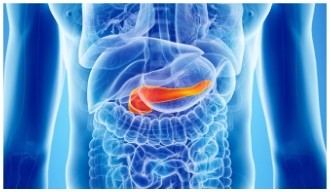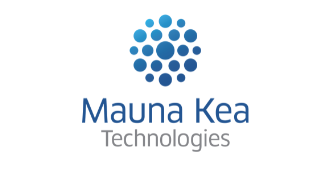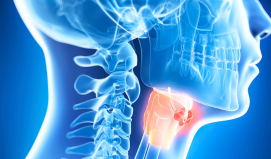Our latest
News

Mauna Kea Technologies Announces Largest Annual Pancreatic Cyst Consortium at Digestive Disease Week® 2025

Publication of the 2024 Annual Financial Report

Mauna Kea Technologies Announces Another Milestone Year at Digestive Disease Week® 2025 with 8 Presentations Demonstrating the Clinical Value of Cellvizio® in Key Indications

Mauna Kea Technologies Reports Full Year 2024 Results and Provides a Business Update

Mauna Kea Technologies announces entrance into exclusive negotiations for a licensing agreement for Cellvizio® in an important therapeutic area with a major industry player

Mauna Kea Technologies announces the opening of a safeguard proceeding to restructure its financial liabilities

Cellvizio® Now Recommended in New European Society of Gastrointestinal Endoscopy Technical Guideline for Pancreatic Cyst Diagnosis

Mauna Kea Technologies Announces Promising Results in New Application Combining Robotics and Cellvizio® for Precision Surgery in Head and Neck Cancers

Mauna Kea Technologies Secures Additional U.S. Artificial Intelligence Patent to Strengthen Endomicroscopy IP Complex

Mauna Kea Technologies Reports Full Year 2024 Sales and Provides Strategic Update

Mauna Kea Technologies Announces its 2025 Financial Calendar

